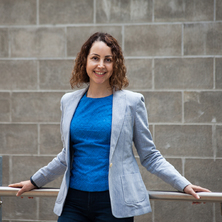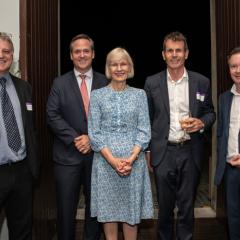
The development of two prototype models looking at pressure at the bottom of gas wells and predicting pump failures, will allow a better control of well performance and scheduling maintenance, saving operators in the industry time and money.
Dr Mahshid Firouzi leads a UQ-CNG team working on the ‘Enhancing well deliverability using big data analytics’ project and says work this year has seen major breakthroughs for the project, which first began in April 2019.
“Despite the restrictions imposed on so many of us due to COVID-19, our team kept working solidly gathering data and talking regularly with our partners in the gas industry.
“The results have been promising, and we have now progressed to the stage where companies have showed interest in deploying the first model. This will allow operators to continuously and reliably predict the flowing bottom-hole pressure (FBHP) in wells with a down-hole pressure sensor in the event the pressure sensor fails. The companies are also reviewing the initial models for predicting pump failure, which are showing good potential.
Dr Firouzi, who has been working closely with fellow UQ researcher Dr Suren Rathnayake, says the project has been a great example of a research team working alongside industry to deliver tangible results.
“It has been great to work closely with our partners, in particular Arrow Energy’s Abhishek Rajora, and Dr Lauren Walsh and Dr Andrew Smith from APLNG, who have given us continuous support in provision of data and ongoing discussion about project outcomes.”
The project has been supported by NERA (National Energy Resources Australia).



